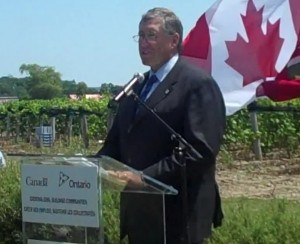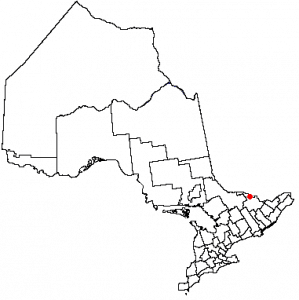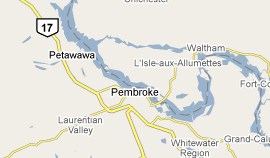In a sorry development, Canada’s telecommunications regulator, the Canadian Radio-television Telecommunications Commission, today issued a rubber stamp approval of Bell’s proposal to impose Usage Based Billing and overlimit fees and penalties for “excessive use.”
The CRTC apparently breezed its way through Bell’s application, deciding it sounded good enough for them, and made only minor adjustments. The CRTC’s short-sighted consumer protection angle was to demand that before Bell implemented any Internet Overcharging scheme on its wholesale customers (using the Gateway Access Service), namely those who purchase connectivity to provide independent ISP service to Canadians, they must first stick it to their own retail customers.
Like that represented a problem.
The Commission approves on an interim basis the Bell companies’ proposed two new Gateway Access Service (GAS) speed options and rates. The Commission also approves on an interim basis their proposal to introduce UBB for GAS, effective 90 days from the date of this order. The Commission further approves on an interim basis their proposal to introduce an excessive usage charge for GAS of $0.75 per GB in excess of 300 GB, effective the date the Bell companies notify the Commission in writing that they apply an excessive usage charge of $1.00 per GB in excess of 300 GB to all their retail customers on UBB plans.
After all, if you are going to overcharge some people for broadband access, why not overcharge them all!
Bell serves both the wholesale needs of independent service providers and retail consumers subscribing to DSL service. Last year, Bell suddenly began throttling the speeds of their wholesale customers without notification, killing a major marketing benefit independent providers offered potential subscribers – a non-throttled broadband experience. The remaining independent service providers that compete against Bell and many cable companies in Canada by offering unlimited access now find that marketing angle also rapidly becoming unavailable. Such actions benefit the larger providers by making independents uncompetitive and force Canadians into all of the classic Internet Overcharging schemes, with no alternatives.
The result has been outrage by Canadians who have discovered, yet again, the CRTC represents the interests of large corporate telecommunications companies and not the common sense needs of ordinary Canadians for affordable, open Internet access. While the CRTC continues to act like the cable and telephone industry’s BFF, Canada’s former leadership in broadband rankings continues its rapid deterioration, falling further and further behind other industrialized countries, all for the benefit of providers and their profits.
The CRTC remains impotent in promoting effective competition and consumer-friendly policies. Broadband Reports notes that may be by design. Many staffers at the CRTC have past histories with the providers they are supposed to independently regulate. They point specifically to vice-chairman Leonard Katz, whose amazing lack of consumer concern may partly result from his more pressing need to consider the interests of his former employers – Rogers Cable (17 years) and Bell (11 years).
Canadians can and must demand an end to the CRTC-Telecom Industry Friendship Festival that seems to be ongoing at their expense. Contact your member of Parliament and demand some top to bottom changes in regulatory policy that are front and center focused on the needs of Canadian consumers, not on the interests of a handful of big telecom companies. An investigation into possible conflict of interest is also warranted. Exactly how many CRTC staffers come to the agency from the companies that are regulated by it, and how many find nice jobs waiting for them at those companies when they leave government service?
Stop the Cap! readers have seen the differences in broadband pricing between Japan and the United States. The CRTC approval of Bell’s request makes a bad situation even worse across Canada, particularly in areas where there are no alternatives to Bell’s DSL service.
How low can they go?


 Subscribe
Subscribe





